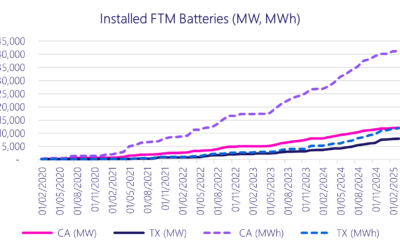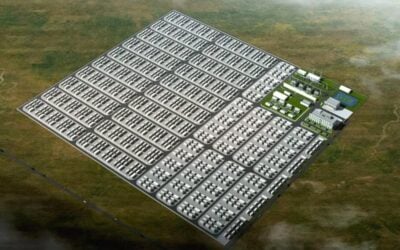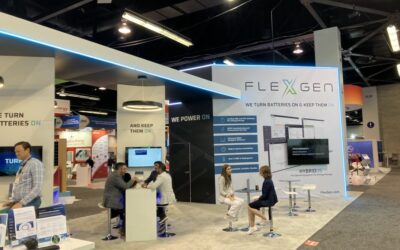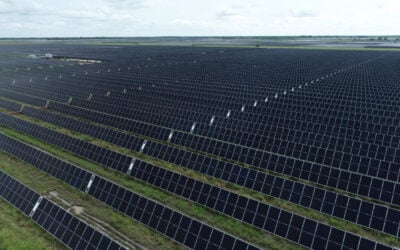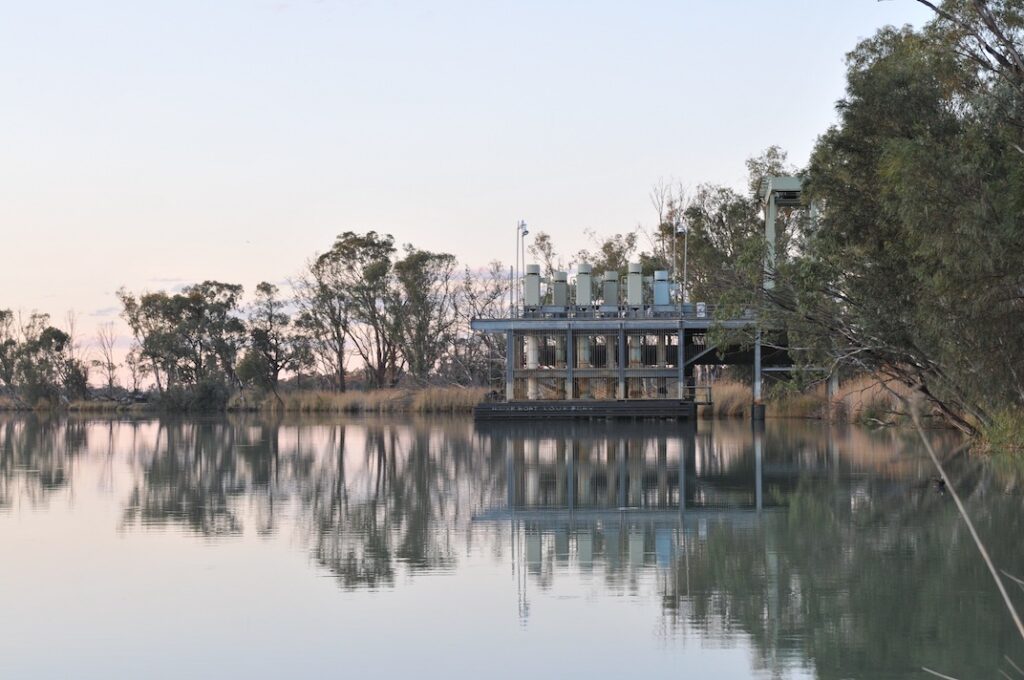
Enel X has announced its first battery energy storage system (BESS) project in Australia, which will help Central Irrigation Trust (CIT) in South Australia “intelligently manage” its energy use.
The energy transition and innovation arm of Italy’s Enel Group has recently widened its participation in the Australian market. In October, Energy-Storage.news reported as Enel X became the first demand response provider to be registered in a scheme to provide flexibility to Australia’s National Electricity Market (NEM).
Enjoy 12 months of exclusive analysis
- Regular insight and analysis of the industry’s biggest developments
- In-depth interviews with the industry’s leading figures
- Annual digital subscription to the PV Tech Power journal
- Discounts on Solar Media’s portfolio of events, in-person and virtual
Assets including Enel X’s virtual power plant (VPP) will be aggregated to allow the Australian Energy Market Operator (AEMO) to better manage supply and demand on the grid.
At the beginning of this week, parent company Enel launched a ‘green energy retailer’ business in the country after receiving approval from the Australian Energy Regulator. Initially serving commercial and industrial (C&I) customers, the retail operation will combine clean energy division Enel Green Power’s renewable energy generation assets with Enel X’s technology platforms, including its virtual power plant (VPP), behind-the-meter battery storage assets and electric vehicle (EV) charging solutions.
Today, Enel X — which likewise mostly focuses on C&I solutions including behind-the-meter battery storage, rather than large-scale front-of-meter assets — said it has agreed to finance, manage and optimise BESS across CIT sites in South Australia’s Riverland region.
BESS with 4.4MW combined power output and 7.4MWh energy capacity will be deployed at four sites in the first half of next year, with the overall project set to amount to more than 8MW in total.
The company claimed this will be Australia’s biggest C&I BESS portfolio to date and according to AEMO statistics it quoted in a press release, will amount to more than double the entire capacity deployed at Australian businesses in 2021.
Software can enable revenue generation in Australia’s volatile electricity market
Unlike large-scale front-of-the-meter BESS, which in Australia tends to operate in merchant revenue-generating opportunities such as frequency control ancillary services (FCAS) markets in the NEM, or arbitrage, C&I batteries offer the customer opportunities to reduce their energy costs largely by reducing how much electricity the site draws from the grid at peak times.
However in this case, Enel X said the business model for the project draws on a bit from both sets of opportunities.
Enel X will own and operate the battery systems and share the electricity cost reduction benefits with the irrigation trust. Central to this value proposition will be the company’s Distributed Energy Resources Optimisation Software (DER.OS). DER.OS uses machine learning and artificial intelligence (AI) algorithms to analyse data sets that include the sites’ energy demand, weather forecasting and electricity grid conditions.
It then optimises the BESS’ charging and discharging strategy, reducing the demand charges the customer is levied for its use of peak-time electricity. It can also play into various revenue-generating market opportunities, including in integration with Enel X’s VPP platform to access demand response programmes.
Enel X head of Asia and Oceania Jeff Renaud said that the BESS will “intelligently manage the Trust’s energy use”.
“Our customised, turnkey solution will help CIT optimise its energy usage and costs, allowing the sites to run more efficiently while increasing resiliency. Our proven DER.OS platform will allow the batteries to ‘value stack’ across our demand response programs including energy market arbitrage, frequency control ancillary services (FCAS), and access the upcoming wholesale demand response mechanism (DRM),” Renaud said.
In an interview with Energy-Storage.news earlier this year, Enel X battery storage solutions head David Post said that Australia’s electricity price volatility made it a very interesting market, where up to four different sources of revenues could be accessed — if the right smart software were in place.
Post said in that interview that Enel X was taking battery storage knowledge, experience and technology know-how to markets around the world after they had been deployed and proven in key North American markets, while tailoring them to each new territory.

